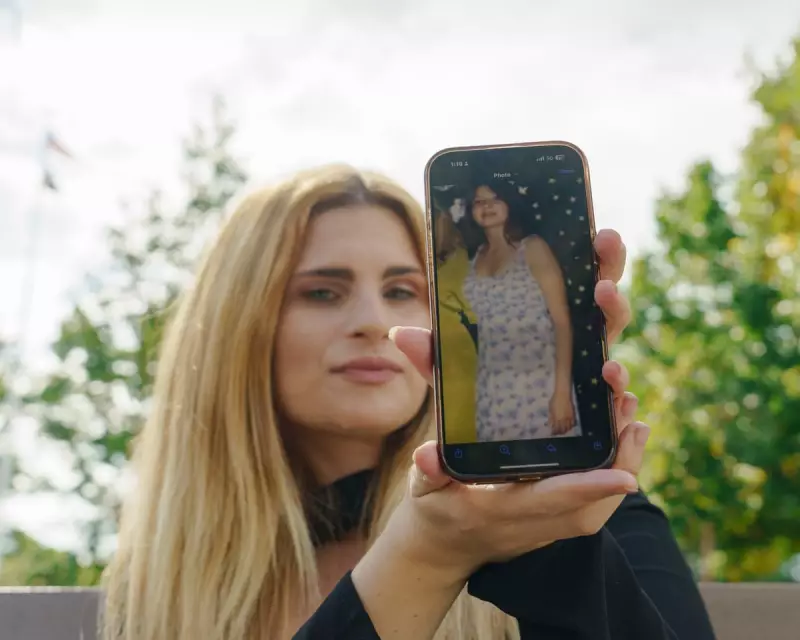
The mysterious disappearance of Leanne Hausberg has become a chilling symbol of what advocates describe as systemic neglect in cases involving missing and murdered Indigenous women. Last seen in early October, the 35-year-old's case has exposed what many call alarming failures in police response and public awareness.
A Pattern of Neglect
According to family members and community advocates, Hausberg's case follows a disturbing pattern seen across North America. "When Leanne first went missing, the response was slow and inadequate," says a family spokesperson. "There's this perception that Indigenous women don't matter as much, and it shows in how these cases are handled."
The Investigation So Far
Police have confirmed they're treating Hausberg's disappearance as suspicious, though details remain scarce. What's known is that she was last seen in her local community, with few witnesses coming forward initially. The delayed response has prompted criticism from Indigenous rights organisations who argue this reflects broader systemic issues.
The MMIW Crisis
Hausberg's case touches on the wider Missing and Murdered Indigenous Women (MMIW) crisis that has plagued North American communities for decades. Statistics show Indigenous women face disproportionately high rates of violence and disappearance compared to other demographic groups.
Community Response
In the absence of immediate police action, community members have organised search parties and awareness campaigns. "We can't rely on the system to protect our women," one organiser stated. "We have to look out for each other when official channels fail us."
Systemic Change Needed
Advocates are using Hausberg's case to push for policy changes, including better training for police dealing with missing Indigenous persons and improved data collection on MMIW cases. The hope is that increased media attention will force authorities to take these cases more seriously.
As the search for Leanne Hausberg continues, her story has become more than just another missing persons case - it's a rallying cry for justice and systemic reform in how society responds when Indigenous women disappear.





